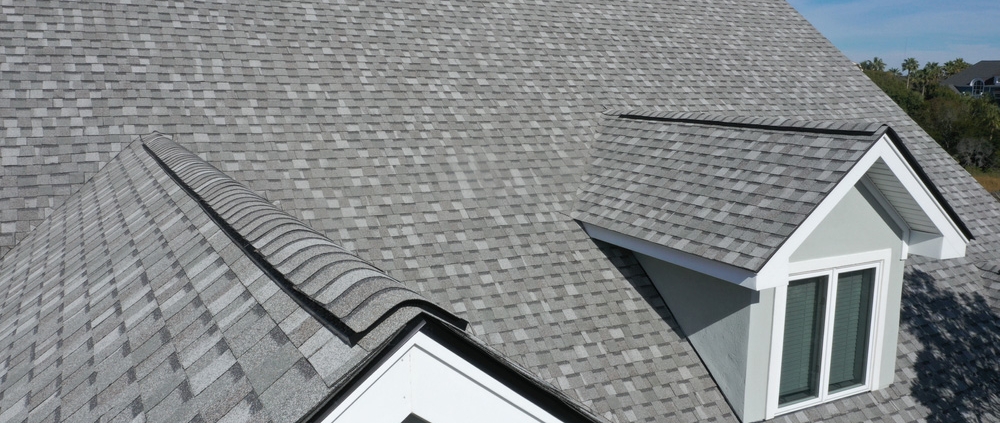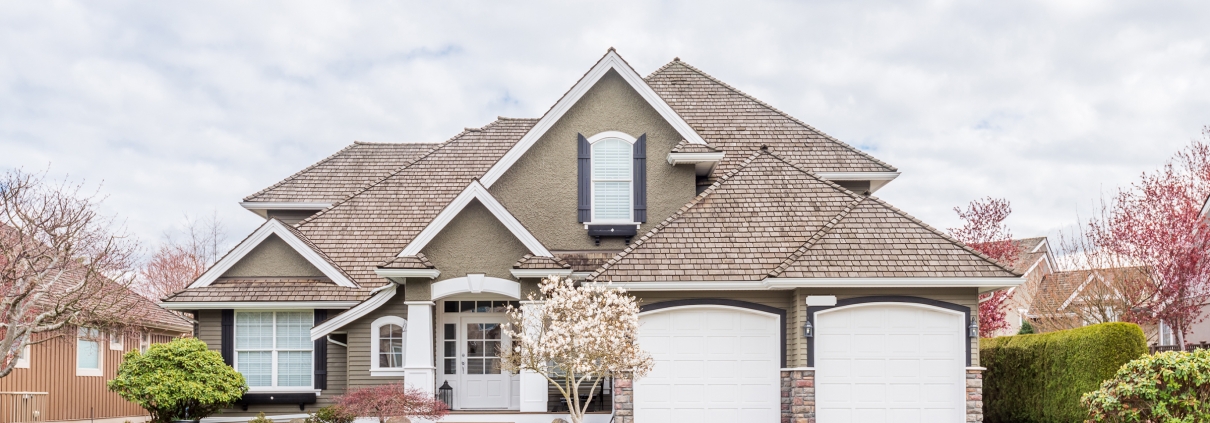Owning a motorcycle brings a sense of freedom and excitement, but it also comes with responsibilities, including the need for proper insurance coverage. Motorcycle insurance is essential for protecting yourself, your bike, and others on the road. Many riders have questions about how motorcycle insurance works, what it covers, and how to choose the right policy. Below, we answer some of the most common questions about motorcycle insurance to help you make informed decisions.
What Does Motorcycle Insurance Cover?
Motorcycle insurance typically includes several types of coverage to protect against various risks. These may include:
- Liability Coverage – Covers bodily injury and property damage to others if you are at fault in an accident.
- Collision Coverage – Pays for repairs to your motorcycle if you are involved in an accident, regardless of fault.
- Comprehensive Coverage – Protects against non-collision-related damages such as theft, vandalism, or weather-related incidents.
- Uninsured/Underinsured Motorist Coverage – Provides protection if you are involved in an accident with a driver who lacks adequate insurance.
- Medical Payments Coverage – Helps cover medical expenses for you and your passengers in the event of an accident.
- Accessories and Custom Parts Coverage – Covers modifications, upgrades, and custom parts added to your motorcycle.
Is Motorcycle Insurance Legally Required?
Yes, motorcycle insurance is required in most states, similar to auto insurance. The minimum requirements vary by state but typically include liability coverage for bodily injury and property damage. Some states also require uninsured/underinsured motorist coverage. Failing to carry adequate insurance can result in fines, license suspension, or legal penalties.
How Is Motorcycle Insurance Different from Auto Insurance?
While motorcycle and auto insurance share similarities, they have key differences. Motorcycles generally have higher accident risks due to their smaller size and lack of enclosed protection. As a result, motorcycle insurance often includes specialized coverage options such as helmet and safety gear protection. Additionally, policies may have different premium structures based on riding habits, seasonal usage, and bike type.
How Are Motorcycle Insurance Rates Determined?
Several factors influence the cost of motorcycle insurance, including:
- Rider’s Age and Experience – Younger and less experienced riders typically face higher premiums.
- Type of Motorcycle – Sportbikes and high-performance motorcycles usually cost more to insure due to increased risk.
- Location – Urban areas with higher accident and theft rates may lead to higher insurance costs.
- Driving Record – A clean driving history can result in lower premiums, while violations or accidents may increase costs.
- Coverage Limits and Deductibles – Higher coverage limits and lower deductibles typically result in higher premiums but provide greater protection.
Are There Discounts Available for Motorcycle Insurance?
Yes, many insurance providers offer discounts to help reduce premiums. Some common discounts include:
- Multi-Policy Discount – Bundling motorcycle insurance with auto or home insurance can lead to savings.
- Safe Rider Discount – Completing a motorcycle safety course may qualify you for lower rates.
- Anti-Theft Discount – Installing security devices such as alarms or GPS trackers can lower theft risk and premiums.
- Loyalty and Renewal Discounts – Long-term policyholders or those who renew their policy with the same insurer may receive discounts.
Does Motorcycle Insurance Cover Passengers?
It depends on the policy. Some motorcycle insurance policies include coverage for passengers under medical payments or personal injury protection (PIP). If you frequently ride with a passenger, it’s essential to confirm with your insurer whether they are covered and, if not, add the necessary protection.
What Happens if My Motorcycle Is Stolen or Damaged by Weather?
If you have comprehensive coverage, your policy will help pay for damages or replacement if your motorcycle is stolen, vandalized, or damaged due to weather events such as hail or flooding. Without comprehensive coverage, you would be responsible for the costs out of pocket.
Can I Pause My Motorcycle Insurance in the Off-Season?
Some insurers allow you to adjust your coverage during the off-season if you don’t ride year-round. You may be able to reduce coverage to comprehensive-only, which protects against theft and damage while the bike is stored, without paying for liability or collision coverage when the motorcycle isn’t in use.
How Can I Find the Best Motorcycle Insurance Policy?
To find the best policy for your needs:
- Compare Quotes – Get quotes from multiple insurers to find the best balance of coverage and affordability.
- Assess Your Coverage Needs – Consider factors such as your riding habits, bike value, and risk tolerance.
- Check Customer Reviews – Research insurer reputation, customer service, and claims handling.
- Consult an Insurance Agent – Speaking with an experienced insurance agent can help you understand policy options and make informed decisions.
Motorcycle insurance is a crucial part of responsible riding, providing financial protection against accidents, theft, and liability claims. Understanding your coverage options and asking the right questions ensures you get the best policy for your needs. If you’re unsure about which coverage is right for you, working with a knowledgeable insurance provider can help you navigate your options and secure the protection you need on the road.









 you have questions, we would love to answer them! If you have concerns, we would love to address them! We love insuring you – and all the things that come along with it! Get to know us better at AC Marmo & Sons, Inc., and let us give you the support and protection you so very much deserve!
you have questions, we would love to answer them! If you have concerns, we would love to address them! We love insuring you – and all the things that come along with it! Get to know us better at AC Marmo & Sons, Inc., and let us give you the support and protection you so very much deserve!

